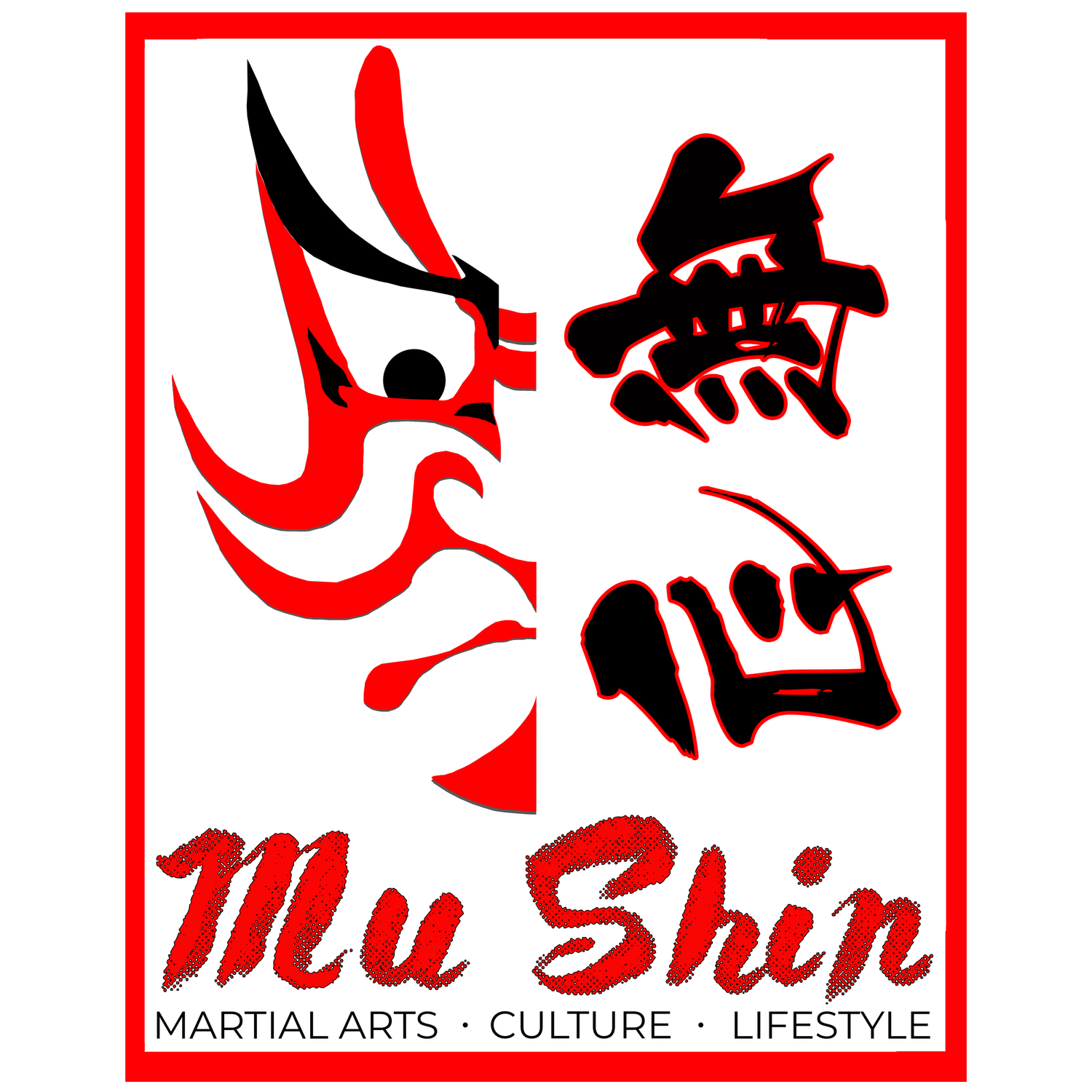Naadam: Celebrating Mongolian Heritage
Two Janga Bokh Wrestlers - Late Qing Dynasty
Naadam, also known as the Mongolian Naadam Festival (Mongolian: Наадам), is a traditional festival celebrated in Mongolia, Inner Mongolia, and Tuva. Its name, derived from the classical Mongolian word Naɣadum, translates to "games," reflecting its core focus. Locally termed "eriin gurvan naadam" (эрийн гурван наадам), which means "the three games of men," the festival highlights Mongolian wrestling, horse racing, and archery.
Naadam is celebrated every year in July. This festival is deeply rooted in the nomadic civilization of the Mongols, who have long practiced pastoralism on Central Asia’s vast steppe. The festival is more than just sports; it is a vibrant cultural showcase featuring oral traditions, performing arts, national cuisine, craftsmanship, and various cultural forms such as long song, Khöömei overtone singing, Bie biyelgee dance, and the Morin khuur fiddle.
Origins and Historical Significance
Naadam has a rich history believed to span centuries. Initially, it included military parades and sporting competitions such as archery, horse riding, and wrestling, celebrated during various occasions, including weddings and spiritual gatherings. It later served as a training ground for soldiers and was tied to the Mongols' nomadic lifestyle. The festival's origins are traced back to the 13th-century book, The Secret History of the Mongols.
In 1639, Naadam became an annual event with a dance festival dedicated to the High Saint Zanabazar. By 1772, it was held to worship Khentii Mountain, known as the Festival of Ten Governments. The Communist era further influenced Naadam, associating it with the Mongolian Revolution of 1921 and incorporating military parades in honor of revolutionary victories.
Mongolian Archer - Late Qing Dynasty
The Three Games
Wrestling: Numerous events are held throughout the Inner-Mongolian grassland during the Naadm season. While the sizes of each event may differ, this period is when the most consecutive wrestling competitions are held. It is not uncommon for a wrestler tro participate in one event in the morning, then travel quite some distance to another one and compete once again in the afternoon. In more recent times, there are Bokh events for women, however these are few and far between as it is traditionally a man’s activity.
Horse Racing: Unlike Western horse racing, Naadam horse races are cross-country events ranging from 15 to 30 kilometers. Children aged 5 to 13 serve as jockeys, and the main objective is to test the horses' endurance and speed. Winning horses and jockeys receive titles and medals, with special songs dedicated to both winners and last-place finishers.
Archery: Both men and women participate in this competition. Archers shoot from, vaarying distances utilizing whislting arrows to strike re-usable targets.
Lavell “Hangai” Marshal wearing our “Spirit of the Grassland” hoodie
Cultural Significance and UNESCO Recognition
Naadam is inseparably connected to the Mongols' nomadic civilization, emphasizing respect for nature and the environment. The festival nurtures community involvement and togetherness, with everyone encouraged to participate. The cultural practices, rituals, and traditions of Naadam are passed down through generations, often through home-schooling by family members.
In 2010, Naadam was inscribed on the Representative List of the Intangible Cultural Heritage of Humanity by UNESCO. This recognition underscores the festival's cultural importance and its role in preserving Mongolian rich heritage.
Spirit of the Grassland - Mongol Bokh - T-Shirts & Hoodies Available Now!
Just released in time for this year’s Naadam season are our “Spirit of the Grassland” tees and hoodies. Available in various colours and materials and featruring two Jangga Bokh wrestlers locked in combat. Available to order from our store now!
T-Shirt: https://www.mushinmartialculture.com/shop/p/mongolian-wrestling-tee
Hoodie: https://www.mushinmartialculture.com/shop/p/mongolian-wrestling-hoodie







